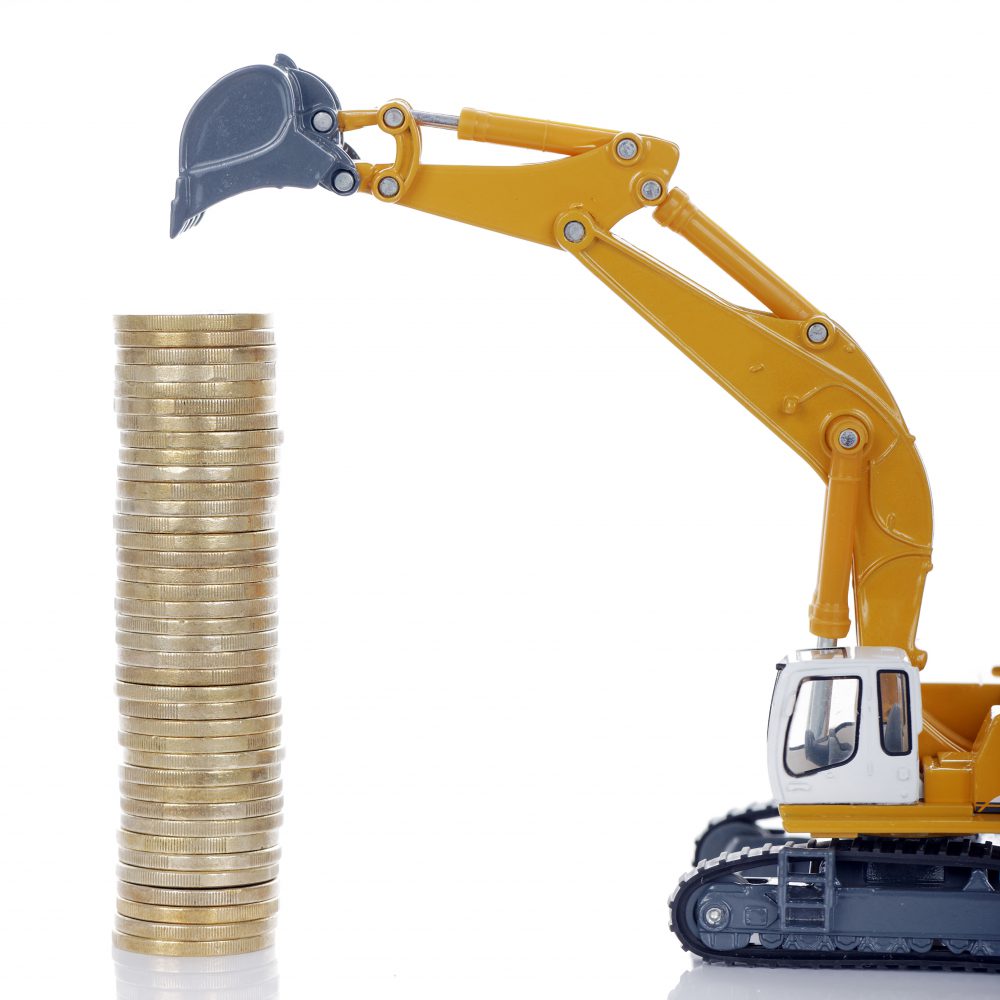‘Tis the season to … piece together your capital budget for the new year. When estimating your numbers for food processing projects on the horizon, don’t just base your predictions on what you did the last time around. You shouldn’t be estimating costs based solely on square footage, either. However, there are ways to build a higher confidence level behind your budget and ensure its accuracy—it all lies within the data.
Detailed estimates and recent, relevant data can not only put more meat behind your budget request, it can ensure its precision, too. When helping Stellar’s clients prepare for their next budget cycle, we create meaningful cost estimates and contingencies based on the following fundamental considerations for food manufacturing projects such as greenfields, retrofits and renovations:
Historical location costs—It’s key to understand costs relative to a plant project’s location because they do vary. For accurate estimates, you need to have historical data on the area’s market such as unit costs on materials, labor costs, transportation and cost per square foot for construction.
The cost of labor is dependent on the area where your project is located, and if you’re in a remote location, you must factor in the cost of transporting those workers to the site. Aim to gather estimates from your vendors. These estimates need to be as real-time as possible to ensure accuracy. To get timely figures, Stellar reviews food processing projects we have in development in that region or active construction projects in the area.
Regional utilities costs—Again, it’s all relative. Your utilities costs are going to differ drastically depending on the state your food processing facility is in. Think outside the realm of property costs. If you can secure a property cheaply but have to pay more for utilities access and infrastructure, it may be just as expensive as purchasing a higher priced property with the utilities already in place.
With energy and utilities costs, it’s more complicated than getting the lowest utilities rates. You must see if you can get utilities to your area of the country relatively easily. You need to know if a state’s power company will provide you with a transformer or if you must purchase it yourself. There are certain processes you have to go through before you can even determine how much a municipality is going to chip in and how much the owner must provide. Your new food manufacturing plant’s water restrictions and costs are an area you need to consider, too.
Risk by category—Assigning risk allows you to focus on your budget’s unknowns. You should take the time to classify and assign risk for each category of your budget instead of tacking on a percentage to the overall total. Whereas some areas of the budget have a very high risk and thus are harder to estimate, such as mechanical, electrical and refrigeration, others don’t carry high contingencies. Assigning risk categorically instead of overall could make the difference of millions of dollars. Breaking these numbers down offers more transparency in your budget, allowing you to examine areas where estimates are more unknown; plus, it gives you the confidence of knowing where these figures came from.
If you want to learn more about building a better capital budget for your food processing plant, email me at foodforthought@stellar.net.



